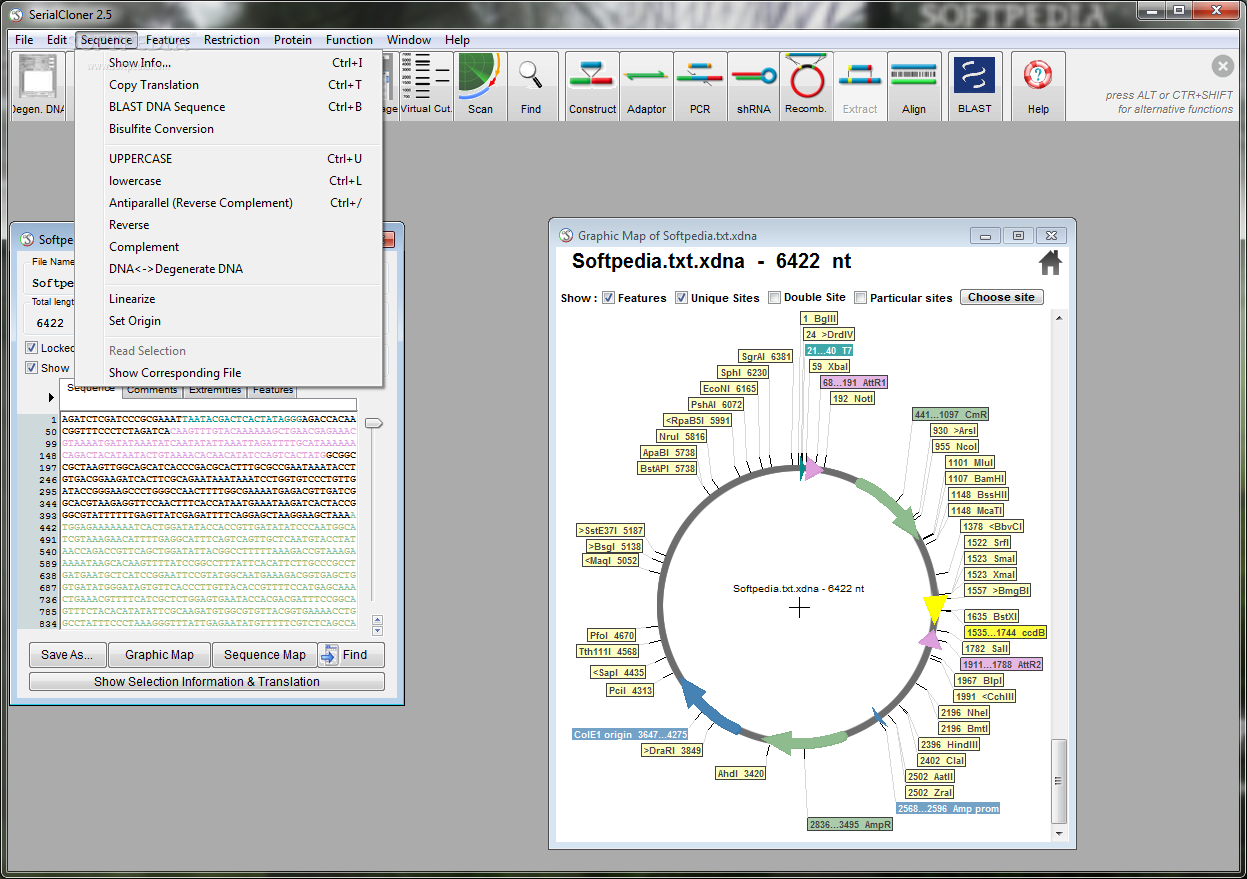
Digestion of DNA with a restriction enzyme will always produce a 5´ phosphate.Primers are usually supplied non-phosphorylated therefore, the PCR product will not contain a 5´ phosphate.For ligation to occur, at least one of the DNA ends (insert or vector) should contain a 5´ phosphate.* PCR-generated DNA must be purified before blunting using a commercial purification kit ( NEB #T1030), phenol extraction/ethanol precipitation or gel electrophoresis and subsequent extraction ( NEB #T1020) Phosphorylation Analyze agarose gels with longwave UV (360 nM) to minimize UV exposure that may cause DNA damageīlunting with the Quick Blunting Kit Blunting Buffer (10X)ġ5 minutes for RE-digested DNA/sheared orģ0 minutes for nebulized DNA or PCR products.

The Quick Blunting Kit ( NEB #E1201) is optimized to blunt and phosphorylate DNA ends for cloning in less than 30 minutes.T4 DNA Polymerase ( NEB #M0203) or Klenow ( NEB #M0210) will fill in a 5´ overhang and chew back a 3´ overhang.PCR with a proofreading polymerase will leave a predominantly blunt end.In some instances the ends of the insert or vector require blunting.Note: Scale larger reaction volumes proportionally. ≥ 1 pmol of DNA ends (about 1 μl of 3 kb plasmid) Quick CIP ( NEB #M0525), Shrimp Alkaline Phosphatase (rSAP) ( NEB #M0371) and Antarctic Phosphatase (AP) ( NEB #M0289) are heat-inactivated phosphatases.ĭephosphorylation of 5´ ends of DNA using Quick CIP DNAĭephosphorylation of 5' ends of DNA Using Shrimp Alkaline Phosphatase (rSAP) 10X rCutSmart Buffer.NEB offers four products for dephosphorylation of DNA: Dephosphorylation is sometimes necessary to prevent self ligation.Enzymes that leave non-compatible ends are ideal as they prevent vector self-ligation. Digest vector with the appropriate restriction enzymes.Typical Annealing Reaction Oligo 1, Oligo 2ĩ5☌ for 5 minutes, cool slowly to room temp. Non-phosphorylated oligos can be phosphorylated using T4 Polynucleotide Kinase ( NEB #M0201).Anneal two complementary oligos that leave protruding 5´ or 3´ overhangs for ligation into a vector cut with the appropriate enzymes.Annealed oligos can be used to introduce a fragment (e.g., promoter, polylinker, etc.).* Time-Saver qualified enzymes can also be incubated overnight with no star activity. Time-Saver Restriction Enzyme Protocol Restriction Enzyme * Can be decreased by using a Time-Saver Qualified enzyme. Standard Restriction Enzyme Protocol Restriction Enzymeġ0 units is sufficient, generally 1µl is used Digest with the appropriate restriction enzyme.Purify PCR product by running the DNA on an agarose gel and excising the band or by using a spin column ( NEB #T1030, NEB #T1020).Visit for additional guidelines for PCR optimization.If fidelity is a concern, choose a proofreading polymerase such as Q5 High-Fidelity DNA Polymerase ( NEB #M0491).Addition of 6 bases upstream of the restriction site is sufficient for digestion with most enzymes.Design primers with appropriate restriction sites to clone unidirectionally into a vector.

Unidirectional cloning is achieved with restriction enzymes that produce non-compatible ends.


 0 kommentar(er)
0 kommentar(er)
